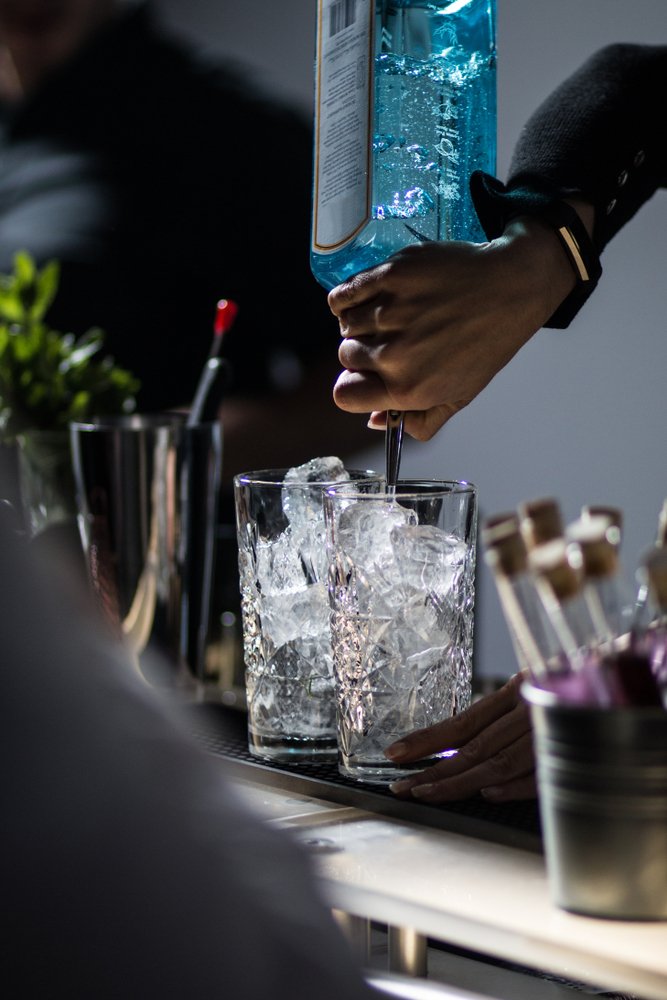
Gin 101 – Everything You Need to Know
“Dutch Courage” and “Mothers Ruin” are two of gin’s most famous alter egos, it’s an ingredient in many classic or modern classic cocktails. Originally touted for its medical benefits gin has attracted a worldwide following. What was once a local “medicine” is now produced around the planet, with everyones interpretation being slightly different.
A simple gin and tonic is my go-to cocktail once I’ve finished a shift behind the bar. Beyond the classic “G&T” there is so much going on inside each bottle of gin that there are many different cocktail varieties where gin truly shines. Summer is coming and so is gin’s next big move! I’m here to clue you in on what this spirit is, where it comes from, and how you can use it behind the bar.
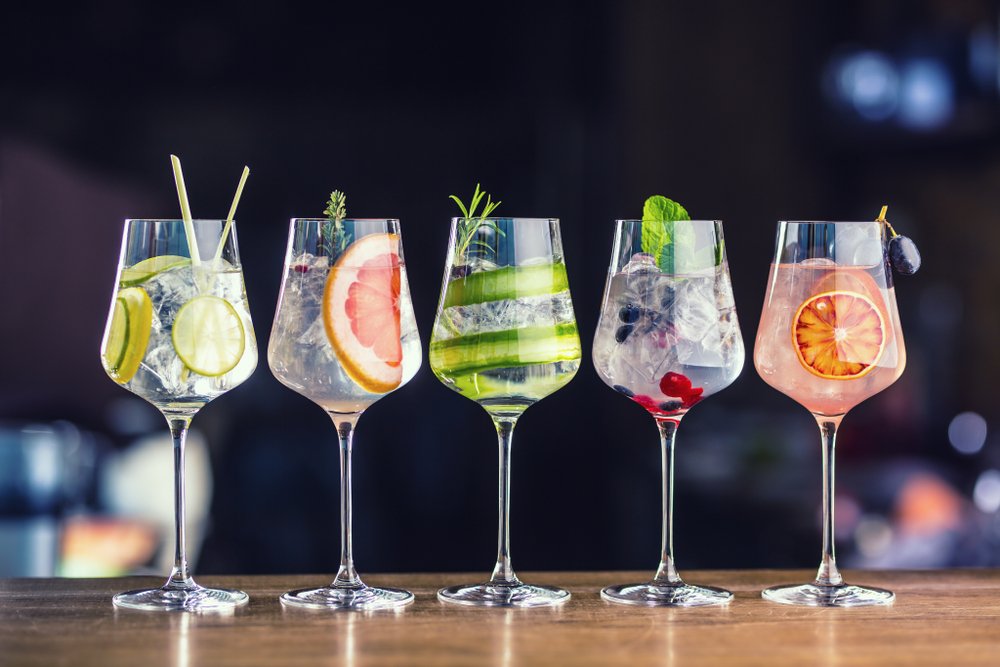
What is Gin?
Gin is a white spirit made from neutral grain spirit, which has been distilled one final time in a pot still with a mixture of botanicals. According to EU law the predominant flavor of gin must be juniper, and whilst many gin producers around the world follow these guidelines in order to be allowed to sell their product on the European market, gins are beginning to emerge where juniper is not the predominant flavor. Although, in gin, juniper is omnipresent.
A Short History
Gin has a long, winding history. Through the years it has earned nicknames such as “Dutch Courage” and “Mothers Ruin.” Gin is actually an evolved version of the Dutch drink “Genever.” The earliest record we have of what we’d call “gin” is from the 13th Century; when juniper was being touted for its medical benefits and sold in distillates with other herbs. It wasn’t until the 17th Century that gin was widely popular in Europe. The British government allowed unlicensed gin production at the tail end of the 17th century and heavily taxed imported spirits resulting in what has become known as the gin craze.
After a few attempts over several decades, the government brought this under control, but gin had already been planted as part of British identity. British troops living abroad in tropical colonies added gin to their quinine beverage (then the only known prevention for malaria) to mask the bitter flavors. This resulted in the birth of the glorious Gin and Tonic. Tonic water now has far less quinine than the beverage tropical soldiers were using back then.
Gin’s Botanicals
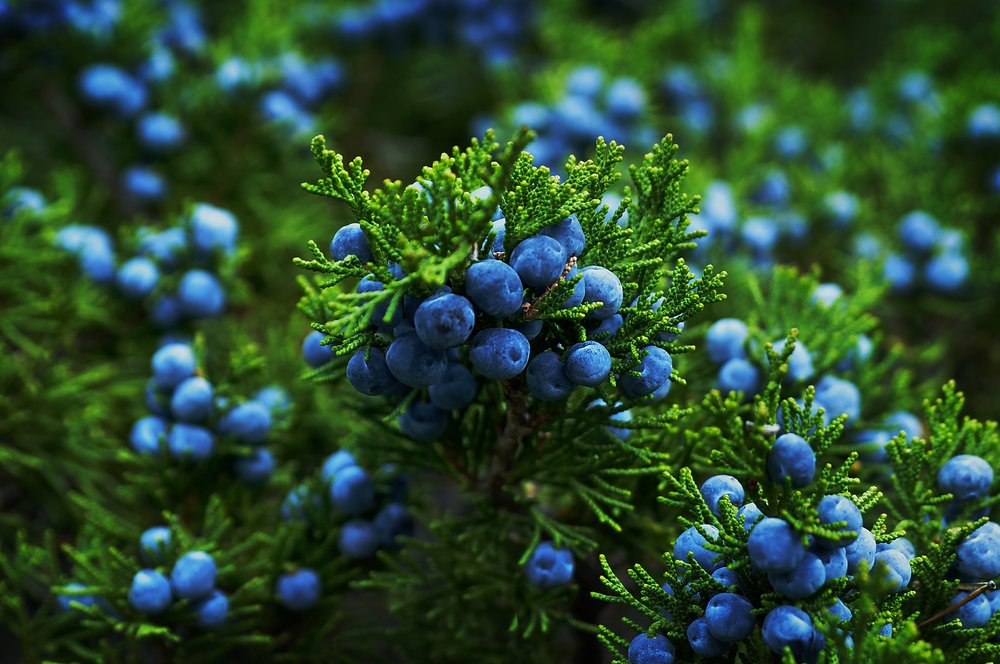
Much like a football coach and their playbook, gin producers keep their botanical recipes a closely guarded secret. While this may be true, one can taste different botanicals in different gins much like one can taste nuances of flavors whiskeys and wines. The difference with gin, perhaps, is that these flavors are intentional placed by the distillers to curate the final product.
Here are some of the most common botanicals found in gin and the flavors and aromas they give forth:
- Juniper Berries – Provide that unmistakeable piney flavor and aroma that we all associate with gin.
- Coriander Seeds – The seeds of the cilantro plant, bringing a spicy, complex, citrusy note to the gin.
- Angelica Root – Helps to combine other flavors and provides the dry finish that gin is famous for.
- Lemon Peel – Just the peel not the flesh or pith, chosen for its essential oils. It gives fresh citrus, lemon tastes, and aromas to the final product.
- Orange Peel – Once again. Just the peel
not the flesh or pith. This provide orangey, citrus tastesand aromas to the gin. Distillers can choose from sweet or sour oranges, and each type of orange provides a different variety of flavors. - Orris Root – Helps to combine flavor in the gin and also acts as a preservative for those botanicals. Adds floral notes, most notably that of violet.
- Cardamom – Green or black, green
are more delicate and the most widely used. Adds a menthol, eucalyptus flavor to the gin, along with subtle spicy, citrus flavors. - Cassia and Cinnamon – Cassia is part of the cinnamon family, and both add a spicy element to the final product.
These are common botanicals but this is by no means an exhaustive list. Many gin producers, especially those in Europe, are proud and particular about where they source their botanicals. The most subtle differences can vastly affect the nuances in flavor which define their gin.
When distilling a neutral grain spirit in your pot, the distiller can choose to add flavor by using all natural plant material or artificial flavorings. These choices help to define the category the final product falls into.

Categories of Gin
The European Union has set the most rigorous criteria for defining categories of gin. While
- Have juniper as the predominant flavor
- Water may be added after distillation but the minimum retail strength of gin is 37.5% ABV
After this the categories and their requirements are as follows:
Gin – Flavorings can be either natural or artificial. These flavorings do not have to be redistilled with the grain spirit. There is also no restriction on additional sweeteners or additives.
Distilled Gin – Must re-distilled in a traditional still with natural flavorings. Other approved additives, natural or artificial, and colorings may be added after distillation.
London Gin – Must be redistilled in a traditional still with all natural flavorings and they must impart their flavors during the distillation process. The ethyl alcohol must be of a higher standard than regular standards for ethyl alcohol. Artificial flavorings may not be used. No flavorings may be added after distillation, although a minute amount of sugar is sometimes allowed. The gin must come out of the still with a minimum ABV of 70%.
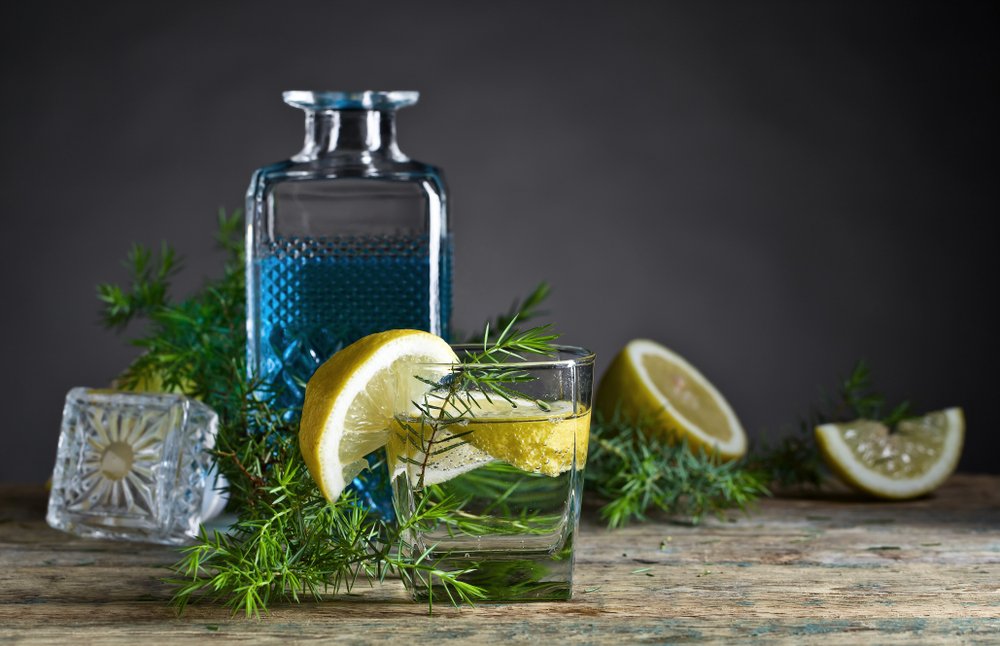
Specifications
As you can see the quality of the ingredients required rises as the level of gin rises, resulting in a high-quality product. It is worth noting that London Gin can be distilled anywhere in the world, gin does not have to come from London, England. There are also no legal definitions for the word “dry.” A distiller can choose to, or choose not to, accompany the above titles on their bottle with the word “dry.”
Gin Cocktails
Gin is featured in many classic and modern cocktails. A gin resurgence is happening around the world, with Britain taking the lead. It’s no surprise that many of these cocktails are reappearing on cocktail menus everywhere, with it comes some modern twists.
Tom Collins
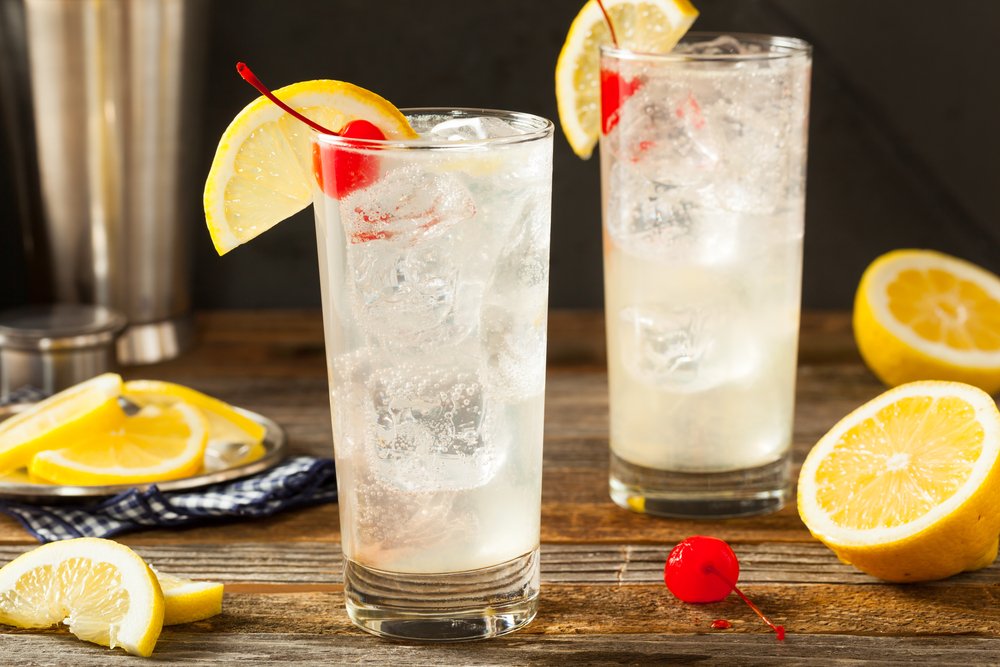
- 1.5oz Gin
- 1oz Lemon juice
- 0.5oz Simple syrup
- 4oz Soda water
Glass: Collins Glass (duh)
Garnish: Lemon slice, cherry
Method: Mix gin, lemon juice and simple in
Gin Fizz
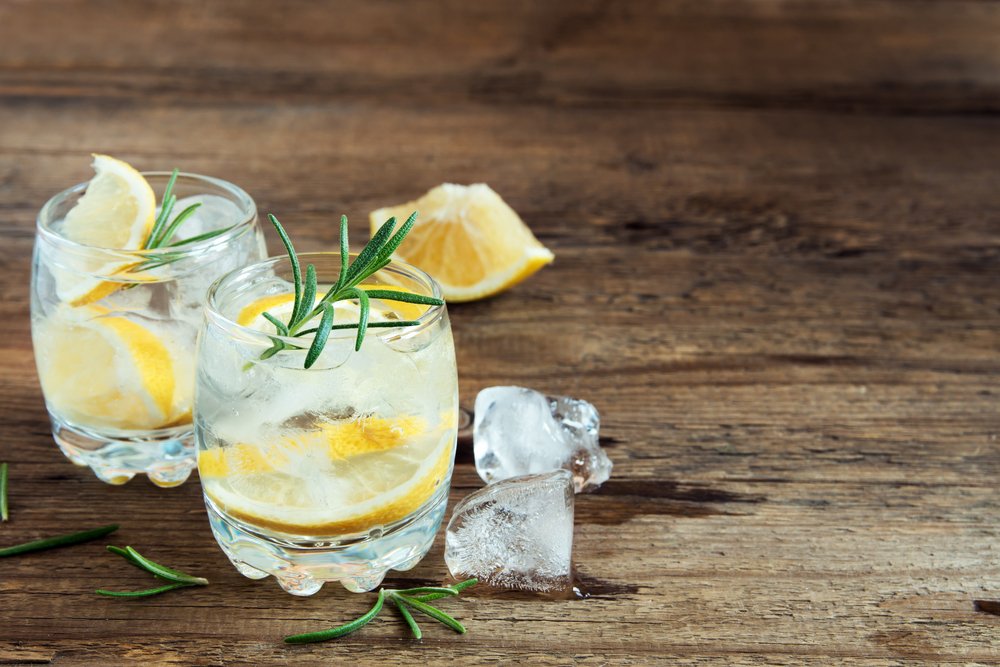
- 1.5oz Gin
- 1oz Lemon juice
- 0.33oz Gomme syrup
- 2.5oz Soda
Glass: Old Fashioned/Collins
Garnish: Lemon Slice
Method: Shaken, topped with Soda
Gimlet
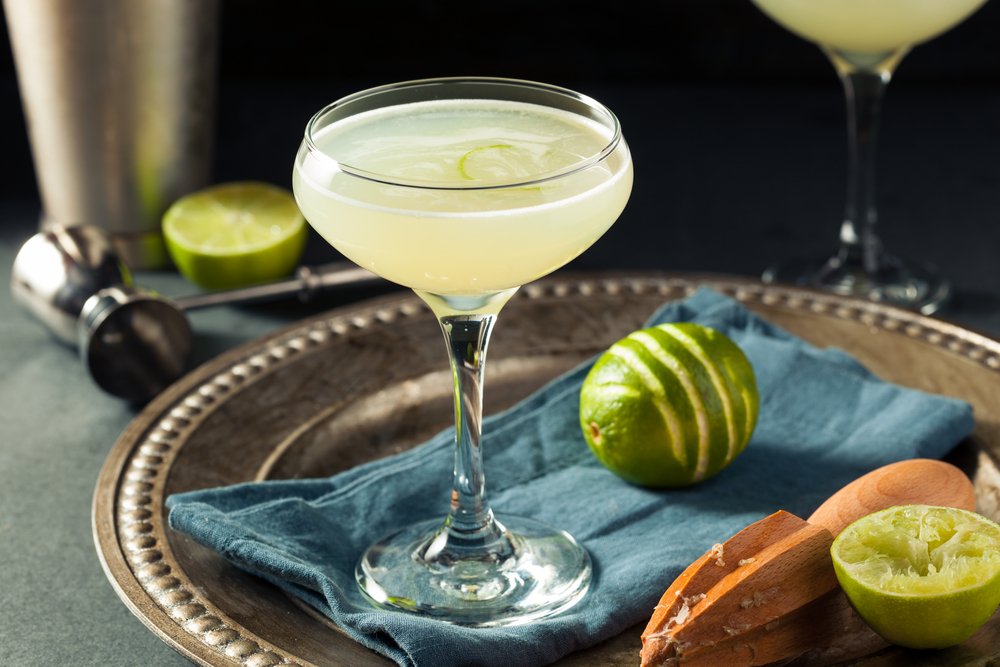
- 2oz gin
- 0.25oz Simple syrup
- 0.5oz Sweetened lime juice (fresh lime can substitute)
Glass: Cocktail Glass
Method: Can be shaken or stirred depending on guests preference and served straight up or on the rocks.






Write a Comment